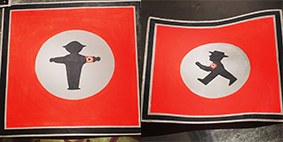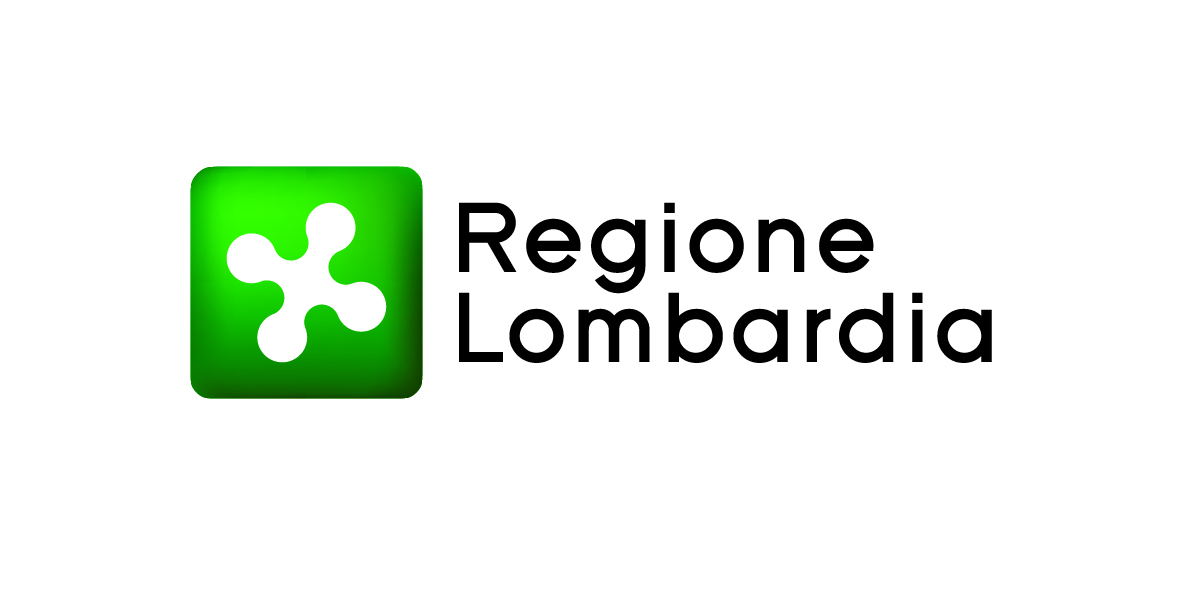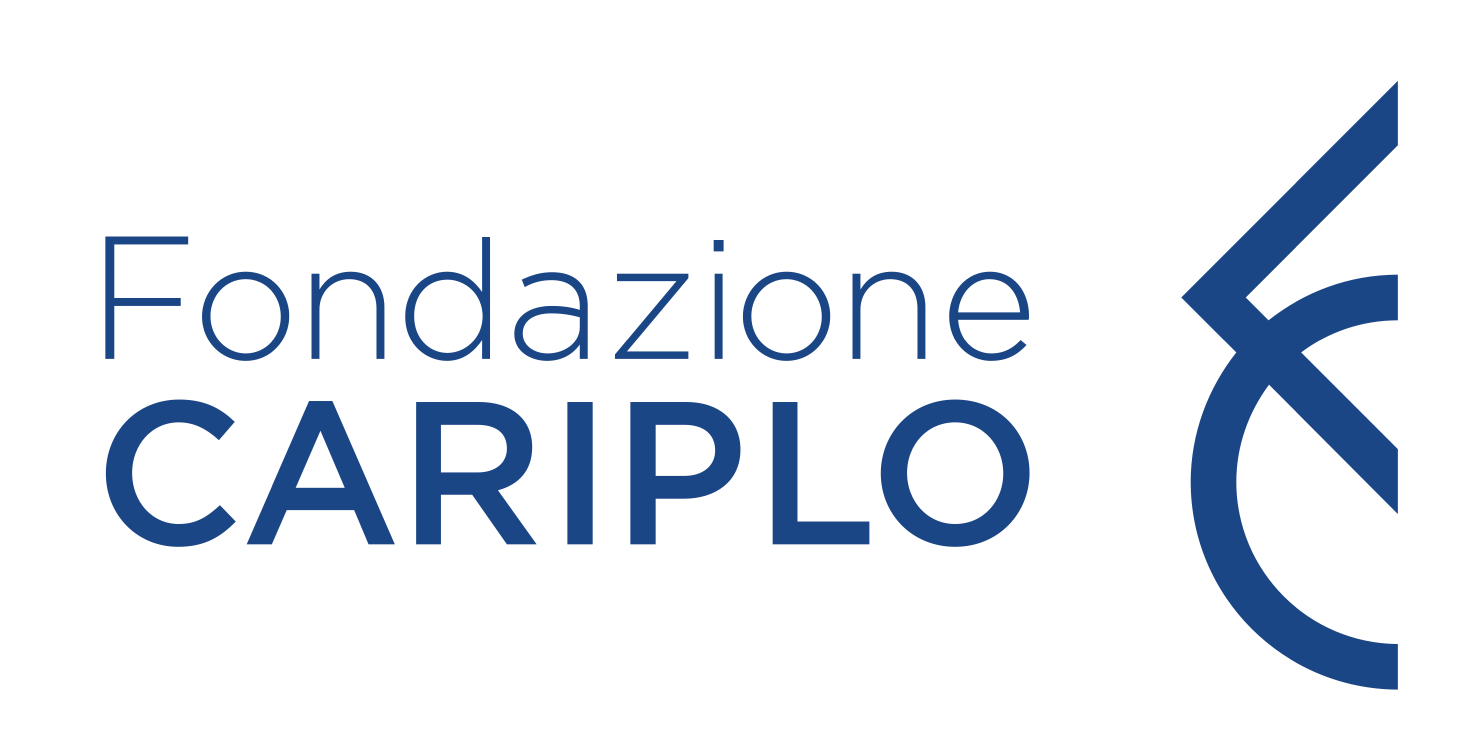This work, shot in Kreuzberg, one of the most populated, multicultural and distinctive districts of Berlin, aims at grasping what characterizes it.
In this second part the focus is on the woman looking at the neighbourhood from various angles, relating herself, through her dance, with the space she meets, thus establishing a connection game between space, time, body.
Il lavoro, svolto a Kreuzberg, uno dei quartieri più popolati, multiculturali e caratteristici di Berlino, ha come intento quello di cogliere ciò che lo caratterizza. In questa seconda parte l’attenzione è tutta sulla donna che osserva da varie angolazioni il quartiere, mettendosi in relazione, attraverso la sua danza, con lo spazio che incontra, instaurando così un gioco di connessioni tra spazio, tempo, corpo.
Video by Elisa Sbaragli – Dancer: Maruska Ronchi (Collettivo K)
Click here for the first part
RootsMe is a cultural mapping project by Perypezye Urbane.




